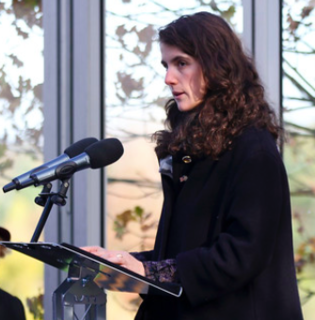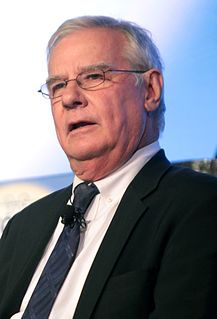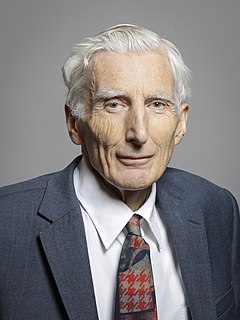A Quote by Tatiana Schlossberg
In the stable emissions model, in which a rise in global surface temperatures by two degrees Celsius from preindustrial times is more than likely, the Northeast would still see a robust increase in nitrogen loading.
Related Quotes
The models that have been constructed agree that when, as has been predicted, the level of carbon dioxide or its equivalent in other greenhouse gases doubles from pre-Industrial Revolution concentrations, the global average temperature will increase, and that the increase will be 1.5 to 4.5 degrees Celsius or 3 to 8 degrees Fahrenheit... In Dallas, for instance, a doubled level of carbon dioxide and other gases like methane, would increase the number of days a year with temperatures above 100 degrees from 19 to 78 each year.
We are on track for a 3.5 deg C rise by 2040 (i.e. 4.2 deg C relative to pre-industrial)... When I look at this data, the trend is perfectly in line with a temperature increase of 6 degrees Celsius, which would have devastating consequences for the planet. We have 5 years to change the energy system, or have it changed
The Environmental Protection Agency's (EPA) own computer model easily shows that President Obama's proposed regulations would reduce global warming by around 0.02 of a degree Celsius by the year 2100. Actually, the true number is probably even smaller because that calculation assumes a future rate of warming - there hasn't been any for 17 years now - quite a bit higher than it is likely to be.
Diversity is a survival factor for the community itself. A community of a hundred million species can survive anything short of total global catastrophe. Within that hundred million will be thousands that could survive a global temperature drop of twenty degrees—which would be a lot more devastating than it sounds. Within that hundred million will be thousands that could survive a global temperature rise of twenty degrees. But a community of a hundred species or a thousand species has almost no survival value at all.
The so-called scientific basis of the climate problem is within my professional competence as a meteorologist. It is my professional opinion that there is no evidence at all for catastrophic global warming. It is likely that global temperatures will rise a little, much as IPCC predicts, but there is a growing body of evidence that the errant behavior of the Sun may cause some cooling in the foreseeable future.
































